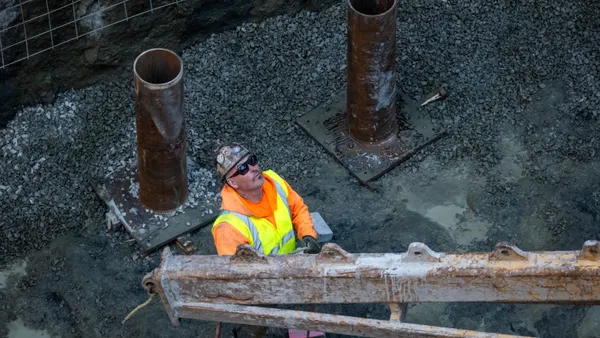Dive Brief:
-
In Q1 2017, home flips made up 6.7% of single-family home and condo sales, a 0.9 percentage-point rise from Q4 2016, according to Attom Data Solutions’ latest Home Flipping Report. However, the total flips — 43,615 — decreased 8% from Q4 and 6% year-over-year while returns were down 0.5 percentage points for that period.
-
Also on the rise was home-flip financing. Flipper-purchased homes using financing reached 33.3%, up from 29.5% in Q1 2016 and the most since Q3 2008’s high of 37.6%. The value of that financing, $3.5 billion, is the most since Q4 2007.
-
The markets with the most flipper-financed homes in the first quarter were Colorado Springs, CO, Denver and Seattle. State-wise, Washington, DC, Nevada, Alabama, Tennessee, Maryland and Missouri had the highest rates, while Pennsylvania, Ohio, Louisiana, New Jersey and Oklahoma saw the highest returns on home flips.
Dive Insight:
Home flipping came on strong last year in metros that experienced heavy foreclosures during the housing crash. For example, 10.5% of homes in Las Vegas in 2016 were flipped homes, above the 6.1% national average for the year, Bloomberg reported.
Vegas reported the highest share of flips among U.S. cities for two-consecutive years, according to Trulia. The website said that investors are making deeper investments in their flips, as evidenced by the fact that 11.6% of flips included permit work.
Tighter inventory is driving flippers to smaller homes, Money magazine noted, with the average size of flipped homes down to an average of 1,422 square feet. In the magazine’s ranking of the top 25 cities for flipping, Baltimore landed on top with a 96.6% return on investment, followed by Knoxville, TN (85.0% ROI); Oklahoma City (76.1%); and Jacksonville, FL (75.8%).
The New York Times argued that home flipping contributed in part to the housing crash, as narratives about rapid return on investment drove traditional buyers to take on larger mortgages. And while today’s full-time flippers can make a legitimate living, the trend is also enticing to amateurs who may not be able to make wise investments.
Existing-home sales, to which home flips contribute, fell 2.3% from March to a seasonally adjusted rate of 5.57 million in April, although they remain 1.6% higher than a year earlier.












